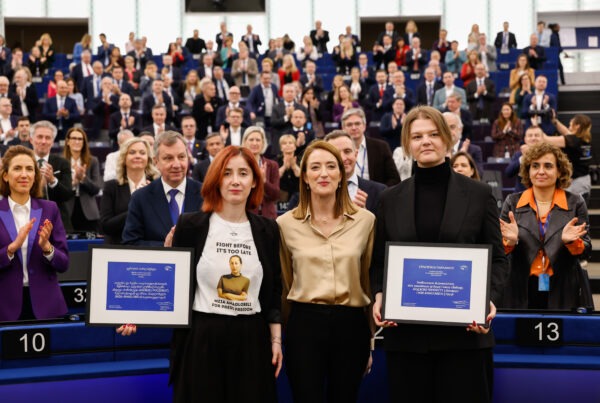Cohesion Policy mid-term review: is the glass half empty or half full?
The rationale for the Commission’s latest communication “A modernised Cohesion Policy: the mid-term review” is clear and compelling: the operational programmes of the Cohesion Policy funds were negotiated four years ago: before a global pandemic, before the paradigm shift of massive EU joint borrowing, and before Russia’s war of aggression on Ukraine and its dramatic impact on inflation and cost of living.
As Executive Vice President Raffaele Fitto reminded Members of the European Parliament’ Regional Development Committee on 9 April: the world has changed, and so too must the Union’s priorities and policies.
This new proposal – yet another amendment to Cohesion Policy regulations in the last five years – intends to offer new spending possibilities for Managing Authorities. It does so by creating new specific objectives, expending the scope of eligible expenditures and beneficiaries in line with five new key priorities identified by the Commission:
- Competitiveness and decarbonisation of industry
- Defence and security
- Affordable housing
- Water resilience
- Energy transition
These are undeniably pressing issues: Mayors have long raised awareness on the housing crisis, and recent dramatic floods across Europe highlighted the urgency of climate-resilient water management systems.
At the same time, it also reflects the new Commission’s political priorities: competitiveness and defence. One could be satisfied that including them within Cohesion Policy underlines the role of local and regional governments in fostering Europe’s competitiveness, driving strategies for local economic development and creating attractive environment for business to settle in European municipalities and regions.
And yet…
Despite its forward-looking intention, the mid-term review feels like a glass half empy or half full: the proposal does open new funding possibilities, to be used on voluntary basis by Member States or regions – depending on who the managing authority is. But the potential uptake of the amendments, at this advanced stage of the programming period, is likely to be limited – raising questions on the real added value of the entire proposal. It is also a risk to undermine previously agreed priorities with the addition of new eligible activities and eligible beneficiaries – with very attractive conditions (pre-financing, 100% co-financing from the EU), but without any additional budget.
The Commission seems haunted by its initial decision to reduce the timeline for completion of programmes to two years (N+2) after the end of the period, down from the current programming period N+3 rule. This despite the assurance of Managing Authorities that they are still on track to spend all their budget – based on decades of experience managing Cohesion policy funds. For the Commission, it is still not fast enough. With this new proposal, the Commission not only opens new eligible investment areas, but also further opens the door to large enterprises, notably defence companies to apply to Cohesion Policy funding, without requiring justifications on how these beneficiaries will contribute to the economic, social and territorial cohesion where they are located, thanks to EU funded investments.
And this last point could be the most dramatical change to Cohesion Policy as we know it. While the uptake of this new reform is likely to remain low given that most of the funds are already committed, it should be seen as a preview of the Commission’s proposal for the next budget period: It is the return of “EU structural investment policy” except that the focus will be much less on the treaty objectives of economic, social and territorial cohesion, but more on the political priorities of the moment. Less on the partnership principle and multi-level governance, more on the private sector that has the capacity to spend large sums fast.
This communication is not reassuring in terms of respect for the multi-level governance and partnership principle. As we saw with the Recovery and Resilience Facility, it’s not enough to mention “in partnership with national, regional and local authorities”. The Commission must put in place methodologies and binding requirements for the multi-level governance to actually take place. Yet in this mid-term review, the Commission does not even encourage Member States and managing authorities to discuss the reprogramming opportunities together with the stakeholders.
Lessons learned
A serious structural investment policy cannot afford to be subject to constant regulatory changes within a programming period. Real flexibility should not come from the Commission’s possibility to periodically change its own political priorities; but from the very design of the programmes where investments priorities would be defined from a bottom-up perspective, driven by local and regional governments who best understand their territories’ long-term and specific needs.
While the EU certainly define broad strategic goals such as decarbonisation of the society, increasing competitiveness of all European territories or strengthening the resilience of public administration at all levels; it must avoid overly narrow thematic concentrations that limit the investment opportunities in municipalities and regions, and are not always fit for purpose on the ground.
Only then can the next EU budget deliver both on common European objectives and the unique needs of each territory.

Advisor – Territorial Cohesion & Local Finances






